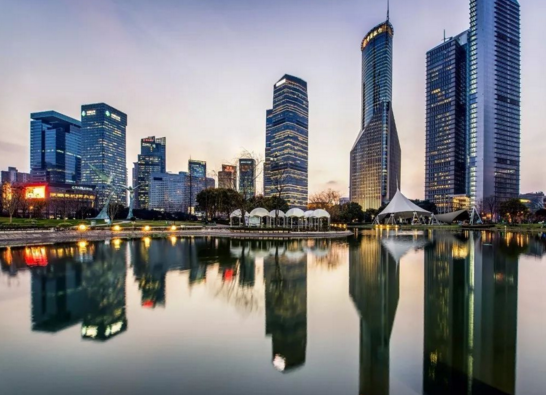BEIJING, Jan. 21 (Xinhua) -- China has seen a faster pace in the reform of state-owned enterprises (SOEs) as it aims to achieve decisive outcomes in the field in 2020.
With a three-year action plan to be unveiled in the first quarter of this year, the SOE reform is expected to enter what many people call a "deep-water" zone.
Under the guideline, the mixed-ownership reform will be expanded and strategic restructuring will be strengthened in sectors including coal and electricity, steel and non-ferrous metal, according to the State-owned Assets Supervision and Administration Commission (SASAC).
Mixed ownership reform, a highlight and breakthrough point of the SOE reform, had reported progress over the past year.
More than 1,000 new mixed-ownership enterprises have been added, and more than 150 billion yuan (about 21.86 billion U.S. dollars) of social capital has been introduced through the capital market and property rights market, showed the SASAC data.
Since the 18th CPC national congress in 2012, 41 enterprises in 22 batches have been restructured, including the merger of China's top two bullet train makers, China CNR Corp. Ltd and China CSR Corp. Ltd and the combination of two leading steel mills, the Baosteel Group Corporation and Wuhan Iron & Steel (Group) Corporation.
In November 2019, the two largest shipbuilders in the country, the China Shipbuilding Industry Corporation and China State Shipbuilding Corporation Limited merged into one corporation in Beijing.
This year, China will continue to push mergers and restructuring among centrally-administered SOEs and consolidations will focus on areas with overlapping investments and homogeneous competition.
Equipment manufacturing, chemicals, marine engineering equipment and overseas gas and oil assets are among the sectors that will see accelerated restructuring.
The regulator will also study the integration of oil refining businesses.
On Jan. 5, China National Chemical Corp. (ChemChina) and Sinochem Group announced the consolidation of their agricultural assets into a newly formed entity called Syngenta Group in the latest step to optimize resource allocations.
"This year's mixed-ownership reform will focus on mechanism reform," said Zhu Changming, a partner at Sunshine Law Firm. "Equity diversification will be a trend among central SOEs and first-level SOEs under the administration of the SASAC."
For those enterprises that have already completed the reform, their major tasks will be improving management and converting operation mechanisms, according to Zhu.
The layout of state-owned assets was further optimized last year, with a fixed-asset investment of centrally-administered SOEs reaching 2.8 trillion yuan, up 7.6 from the previous year, mainly focusing on sectors such as natural gas supply insurance, oil and gas exploration and 5G tech development.
This suggests more state capital should be invested in the advanced manufacturing sector to revitalize the real economy, said Zhou Lisha, a researcher at a research institute of the SASAC.
China will vigorously reduce overcapacity and speed up the disposal of inefficient assets to make better use of state capital, Zhou said.
A series of policies and regulations were rolled out to ensure high-quality development of the SOEs and assess the performance of management personnel of the enterprises.
Zhou believes the SOEs should encourage innovation by exploring the use of incentives such as additional profit sharing and virtual equity to stimulate the enthusiasm and creativity of various personnel in tech firms.
Years of continuous reforms have honed Chinese SOEs' competitive edge, equipping them with the technologies and managerial skills needed to become global top-tier enterprises.
In 2019, net profits of China's centrally-administered SOEs rose 10.8 percent year on year to 1.3 trillion yuan, official data showed.




 A single purchase
A single purchase









